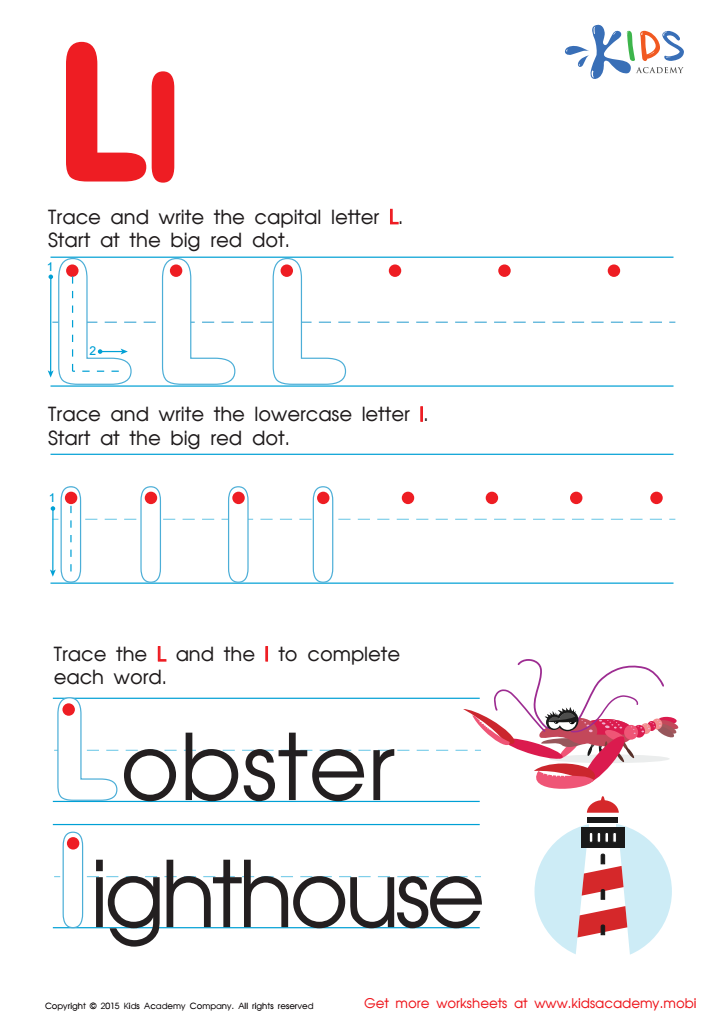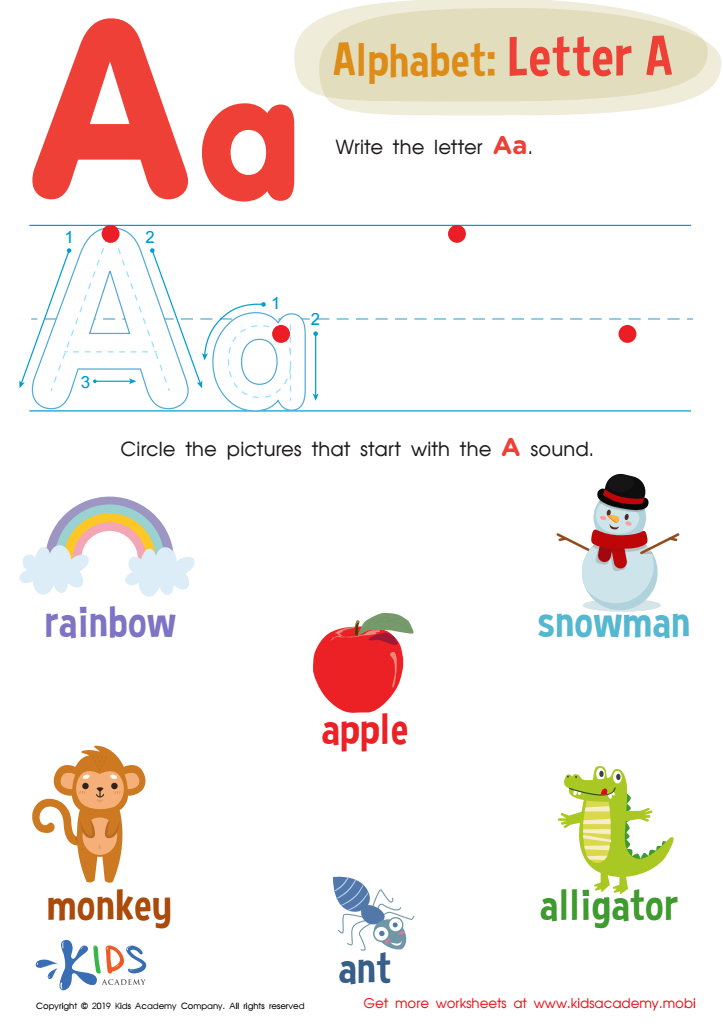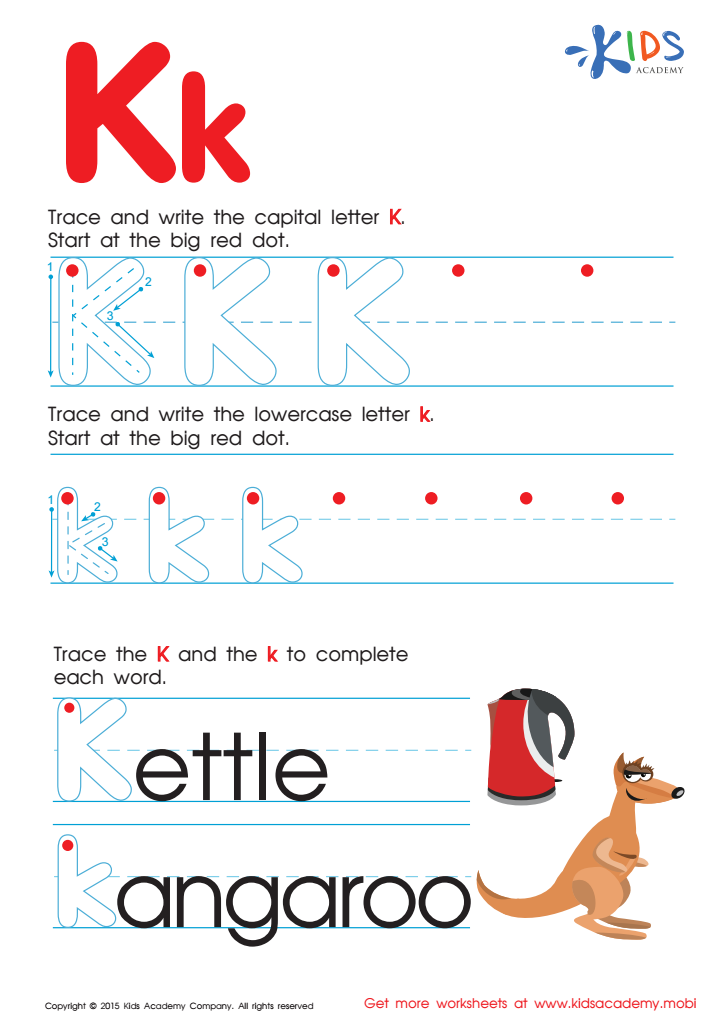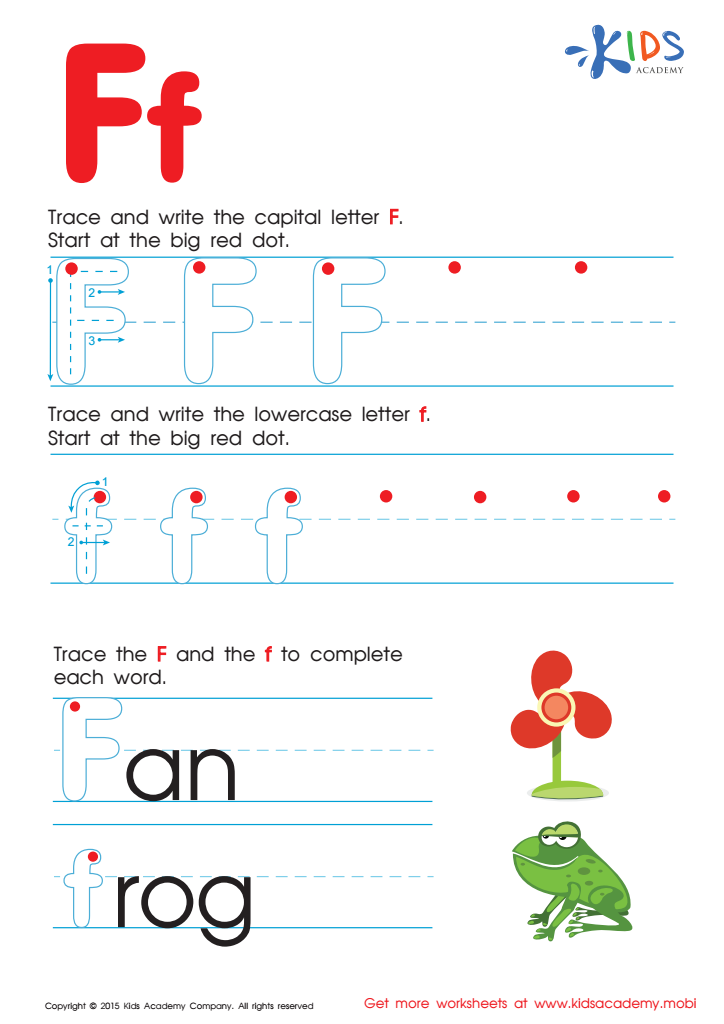Letter recognition Normal Tracing Letters Worksheets for 9-Year-Olds
9 filtered results
-
From - To
Boost your child's letter recognition skills with our engaging Normal Tracing Letters Worksheets designed for 9-year-olds! These worksheets offer a fun, interactive way for kids to practice tracing both uppercase and lowercase letters, enhancing their handwriting and letter identification abilities. As children complete these activities, they will develop greater confidence in reading and writing, laying the foundation for more advanced literacy skills. Our resources are tailored to meet the learning needs of young learners, making the process enjoyable and effective. Explore our collection of tracing worksheets today and watch your child's reading journey flourish with every stroke!


Letter P Tracing Page


Letter Q Tracing Page


Letter H Tracing Page


Letter G Tracing Page


Letter L Tracing Page


Letter A Tracing Worksheet


Letter K Tracing Page


Letter F Tracing Page


Letter D Tracing Page
Letter recognition and tracing play an essential role in the literacy development of 9-year-olds, as they serve as foundational skills for reading and writing. At this age, children are transitioning from learning to read to reading to learn, making proficiency in letter recognition critical. When children can easily identify letters, they are better equipped to decode words, leading to improved reading fluency and comprehension skills.
Tracing letters promotes fine motor skills, which are vital for writing. By practicing proper letter formation through tracing, children can enhance their handwriting, making it clearer and more legible. Strong handwriting not only contributes to effective written communication but also boosts self-esteem as children become more confident in their abilities.
Furthermore, engaging activities involving letter recognition and tracing can make learning enjoyable. They often lead to a deeper connection with literacy, fostering a love for reading and writing. Finally, developing these skills is essential for academic success across subjects, as strong literacy skills facilitate learning in areas like social studies, science, and mathematics.
In conclusion, letter recognition and tracing are critical for 9-year-olds, helping to advance literacy, fine motor skills, and overall academic achievement. Parents and teachers should prioritize these activities to support their child’s educational journey.
 Assign to My Students
Assign to My Students















